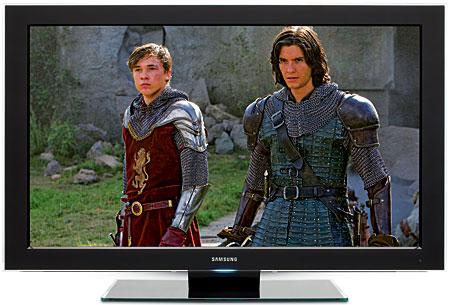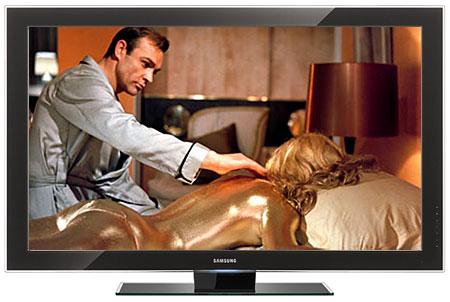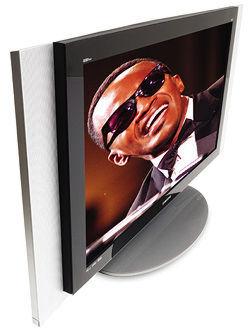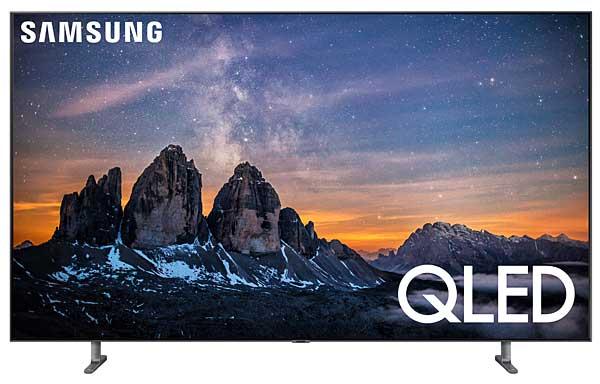LCD TV Reviews
Sort By: Post DateTitle Publish Date
|
Apr 09, 2025
|
Apr 25, 2025
|
Aug 18, 2007 |
First Published: Aug 19, 2007
|
Aug 18, 2007 |
First Published: Aug 19, 2007
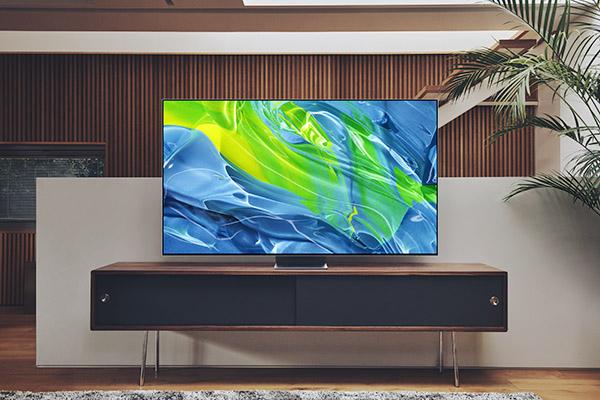




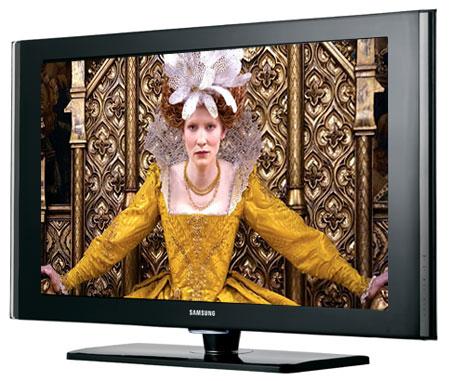
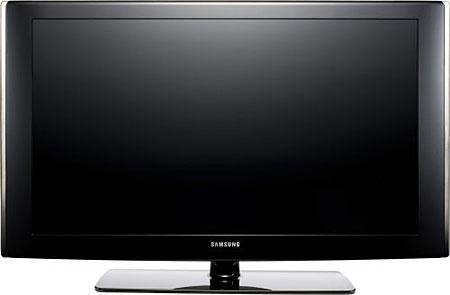

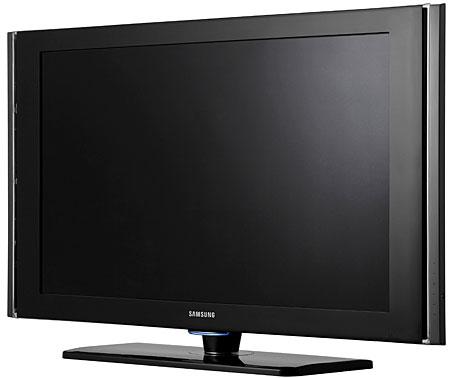

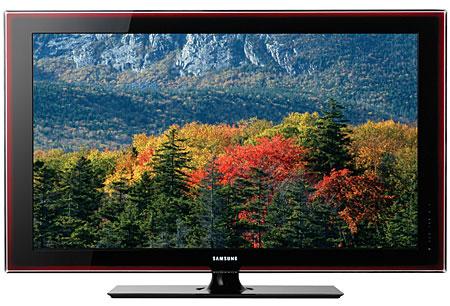
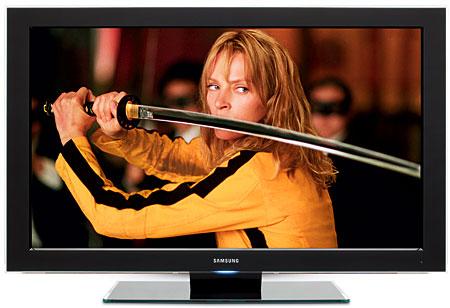
 Price: $4,999 At A Glance: Exceptional black level and shadow detail• Accurate color & superb resolution • Superior video processing • Limited acceptable viewing angle
Price: $4,999 At A Glance: Exceptional black level and shadow detail• Accurate color & superb resolution • Superior video processing • Limited acceptable viewing angle
